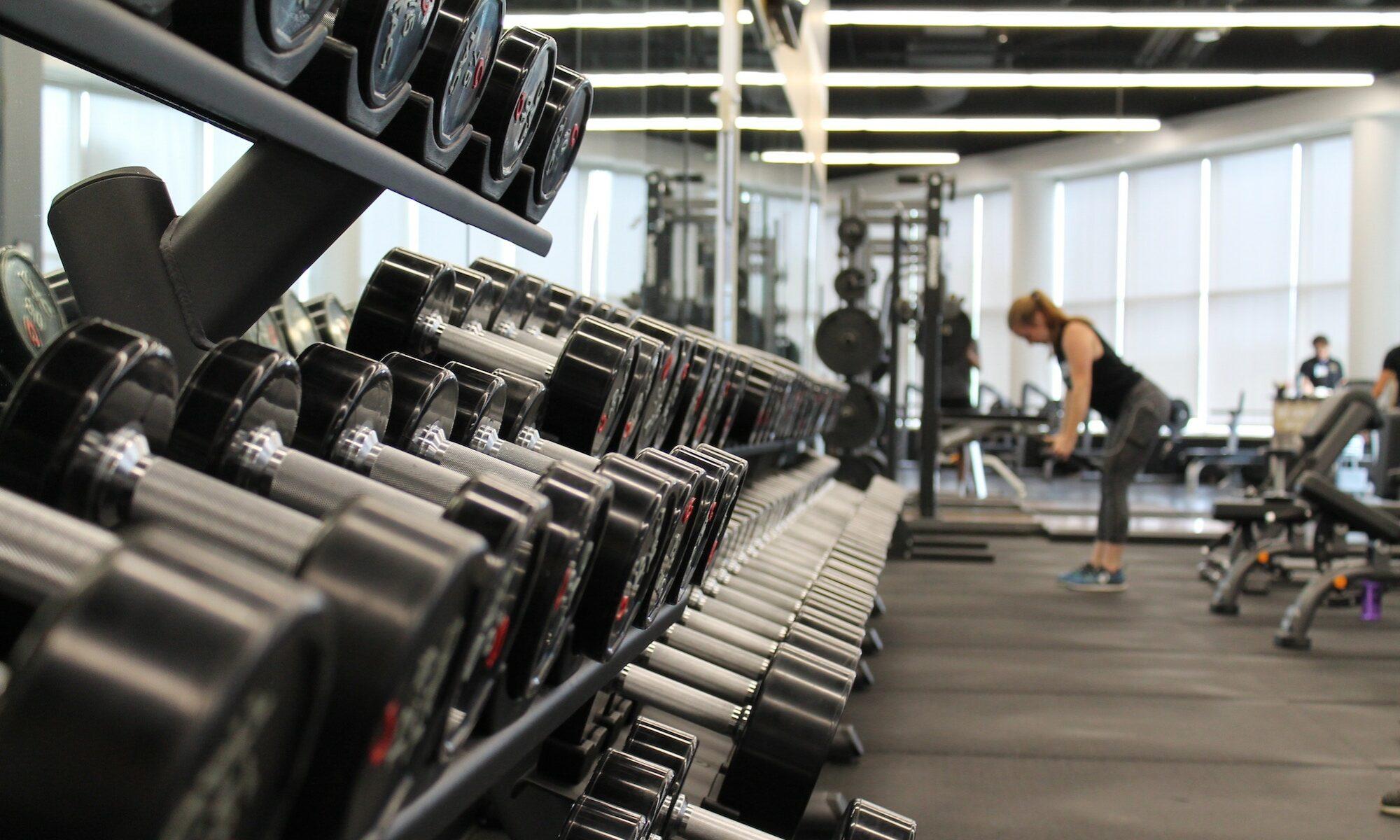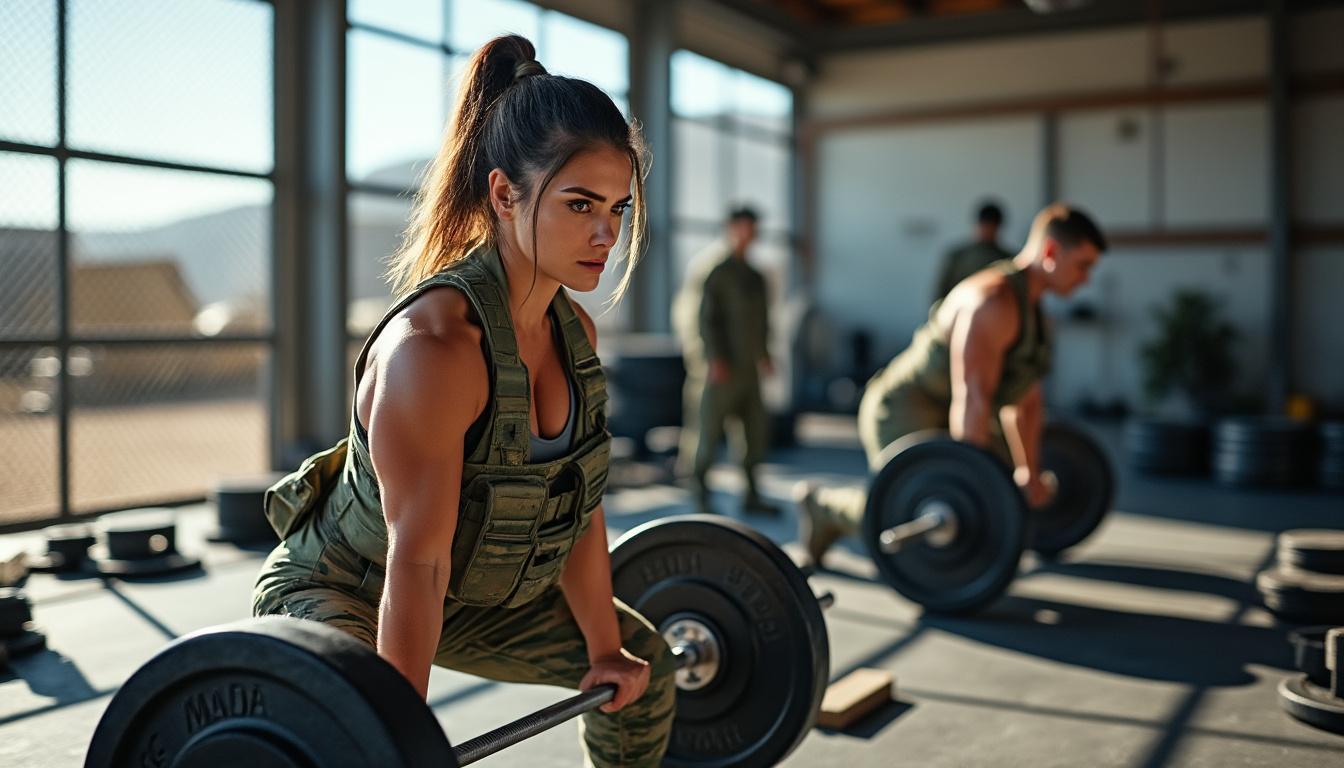The Israeli Defense Forces (IDF) recently announced a significant decision to suspend the training program for female combat mobility soldiers in the Infantry Corps. This move comes after an extensive six-month pilot aimed at integrating women into frontline combat roles, a program that has been under intense scrutiny due to concerns about meeting stringent physical and combat fitness standards. As debates around gender equality, military readiness, and defense policy intensify, this development raises fundamental questions about the fitness requirements for combat roles and how best to achieve inclusive excellence in the armed forces.
Understanding the IDF’s Decision to Halt Female Combat Training: Fitness Standards and Combat Readiness
The IDF’s decision to pause the ongoing training of female soldiers in combat mobility units revolves primarily around concerns regarding physical and combat fitness levels. Despite impressive professional skills demonstrated by female trainees, assessments indicated that many did not meet the demanding physical endurance required for frontline combat roles. The rigorous fitness standards, essential for optimal combat readiness, proved challenging for a wide portion of participants in this pilot.
Military training in elite combat units requires exceptional stamina, strength, and resilience. The Israeli Defense Forces, known for their operational rigor, set tough benchmarks that all soldiers must meet to maintain safety and effectiveness on the battlefield. The halting of this program reflects a cautious approach, assuring that no soldier enters the combat zone without the ability to withstand the physical demands of the job. IDF Chief of Staff Lt. Gen. Eyal Zamir, after reviewing data from training staff and medical experts, deemed these standards necessary to maintain combat effectiveness.
Specifically, the program aimed to train women for infantry mobility units that require high-speed maneuvers, heavy equipment handling, and endurance under pressure. While the female soldiers showcased strong proficiency in technical and professional fields, including tactical knowledge and operational planning, physical fitness requirements related to speed, strength, and sustained exertion led to concerns over potential health risks and overall performance.
This situation highlights a complex challenge faced by the IDF and many military organizations globally: balancing gender equality ambitions with uncompromising demands for combat readiness. Fitness standards remain a cornerstone of defense policy, yet discussions surrounding how these standards can be fairly assessed, adapted, or supported continue to evolve. The IDF’s approach can serve as a case study for worldwide military forces addressing similar dynamics.
- Key Fitness Requirements for Combat Mobility Units: Includes endurance runs, obstacle navigation, load carriage, marksmanship under fatigue.
- Professional Skills Matched Male Counterparts: Tactical training, emergency medicine, communication expertise.
- Main Concerns: Physical endurance thresholds, injury risk management, ability to sustain combat scenarios.
| Fitness Aspect | Female Trainee Performance | Male Trainee Baseline | Comments |
|---|---|---|---|
| Endurance (5km run) | Average 28 minutes | Average 24 minutes | Gap influencing soldier mobility |
| Load Carriage (20kg, 5km) | Completion with difficulties | Completed comfortably | Risk of injury during prolonged operations |
| Obstacle Course | Average completion time slower by 10% | Baseline standard | Potential delay in team operations |
| Marksmanship Accuracy (under stress) | High proficiency | Equivalent proficiency | Indicates strong tactical skills |
For soldiers and fitness enthusiasts alike, this case underscores the imperative of personalized, targeted training programs designed to close physical performance gaps while preserving individual health. Resources like innovative fitness hacks and group fitness sessions may prove valuable for those aiming to enhance endurance and strength more sustainably.
Promoting Gender Equality in Military Training While Maintaining Combat Effectiveness
The integration of women into combat roles has been a cornerstone of evolving military policies, aiming to expand diversity and equal opportunity. The IDF’s pilot program and its subsequent pause highlight the tensions between advancing gender equality and maintaining strict fitness standards essential for combat effectiveness. This tension is not unique to Israel but resonates worldwide as militaries seek to reflect societal values without compromising on defense capabilities.
Achieving true gender equality in combat roles involves addressing both physiological differences and social dynamics without lowering standards or creating unfair advantages. It demands specialized training, supportive infrastructure, and adaptive approaches that provide all soldiers the tools to meet physical demands, rather than adjusting expectations downward. This balance preserves operational integrity and morale among troops.
- Challenges in Gender Integration: Differing average muscle mass, endurance capacity, injury rates.
- Strategies for Inclusion: Customized fitness plans, mentorship, stronger recruitment pipelines.
- Policy Impacts: Comprehensive defense policies explicitly supporting female soldiers’ development.
Many female soldiers demonstrate exceptional performance in technical and strategic areas. For instance, in the IDF and elsewhere, women have excelled as pilots, intelligence officers, and special operators. In fact, during the October 7 Hamas attack, an all-female squad from the Caracal Battalion led by Lt.-Col. showcased how gender-inclusive forces can operate effectively in high-stress combat situations.
It is clear that combat readiness must be measured through multidimensional metrics encompassing physical, tactical, and psychological preparedness. Military organizations that emphasize holistic evaluation and training methods have a better chance of successfully integrating women without compromising mission requirements. Educational resources such as holistic approaches to fitness offer modern insights into how to balance these factors effectively.
| Gender Equality Initiative | Implementation Method | Outcome |
|---|---|---|
| Customized Fitness Training | Individualized strength and endurance programs | Improved success rate in combat training |
| Mentorship Programs | Senior female soldiers coach new recruits | Enhanced retention and morale |
| Flexible Standards with No Lowering | Maintaining physical benchmarks while adapting training methods | Maintaining operational readiness |
Developing and nurturing these initiatives fosters a climate of empowerment and resilience, enabling female soldiers to thrive. Those exploring career options or fitness pathways for military preparation can consult beginner workout tips and fitness guides tailored to different levels to build foundational strength effectively.
Health Risks and Physical Endurance Challenges for Female Soldiers in Combat Roles
Combat roles demand robust physical endurance, and the training environment can expose recruits to risks of injury and strain if not properly managed. Female soldiers face unique physiological challenges, including differing muscle mass distribution, bone density, and hormonal cycles, which may influence performance and injury susceptibility.
The IDF’s review emphasized concerns about health risks specific to female soldiers in physically demanding roles. These included fatigue-related injuries, stress fractures, and recovery difficulties after intense exertion. Prolonged load carriage and endurance runs required for combat units can exacerbate such risks unless specific training and conditioning programs are designed to meet these challenges.
To mitigate these risks, military fitness training must incorporate:
- Progressive overload techniques: Gradually increasing training intensity to avoid overtraining injuries.
- Nutrition and recovery optimization: Tailored diets and rest schedules attentive to female physiology.
- Injury prevention strategies: Mobility work, core strengthening, and biomechanical assessments.
Adopting such comprehensive conditioning reduces injury rates and enhances overall combat readiness. Fitness Warrior Nation has highlighted how sustainable training habits, such as healthy fitness habits, contribute to long-term performance and soldier health, critical in high-stress environments.
| Health Concern | Impact on Female Soldiers | Preventive Actions |
|---|---|---|
| Stress Fractures | High risk during load-bearing activities | Gradual training intensity increase, calcium-rich nutrition |
| Fatigue | Reduced performance, increased injury risk | Proper rest cycles, balanced workload |
| Musculoskeletal Injuries | Common during obstacle and endurance training | Biomechanical assessments, corrective exercises |
Fitness gear also plays a key role in injury prevention and performance enhancement. Newcomers to demanding fitness regimens should consider recommended equipment for 2025 to ensure optimal support during high-intensity sessions.
The Role of Military Training Programs in Shaping Female Soldiers’ Physical and Combat Skills
Military training programs designed for combat readiness combine physical endurance, tactical proficiency, and psychological resilience. For female soldiers, adapting these programs to meet high standards without compromising inclusivity necessitates innovative training methodologies and a supportive training culture.
The IDF’s recently halted pilot implemented rigorous six-month physical and tactical training modules designed to build not only strength and stamina but also teamwork and combat decision-making skills. Female trainees excelled in professional discipline areas but faced challenges with the physical rigors inherent in infantry mobility tasks.
- Structured Training Components: Physical conditioning, weapons handling, urban combat drills, endurance runs.
- Psychological Training: Stress inoculation, tactical problem-solving, group cohesion exercises.
- Performance Tracking: Fitness tests, simulation exercises, peer and instructor feedback.
Notably, success rates could be increased through targeted interventions that focus on physical preparation tailored for each recruit’s capabilities. Utilizing evidence-based fitness approaches enables trainees to close performance gaps without compromising their health.
| Training Module | Objectives | Results Among Female Trainees |
|---|---|---|
| Physical Conditioning | Increase endurance, strength, and agility | Steady improvements but some lag in load carriage endurance |
| Weapons and Tactical Drills | Master combat skills and decision-making | High proficiency, matching male counterparts |
| Psychological Resilience Training | Prepare for stress and adversity | Positive adaptation and teamwork skills developed |
Our community at Fitness Warrior Nation recommends exploring comprehensive fitness plans that incorporate both strength and endurance milestones, essential for any aspiring military combatant. Additionally, learning how to enjoy fitness through creative workouts can enhance motivation and adherence to demanding regimens.
Implications for Future Defense Policy and Training of Women in Combat Roles
The suspension of the female combat mobility training program by the IDF invites reevaluation of defense policies and training strategies concerning women in combat roles globally. While preserving non-negotiable fitness standards critical for combat readiness, defense establishments must also pioneer adaptive training methodologies and research-driven support mechanisms to empower female soldiers effectively.
Future defense policies should consider:
- Investment in Research: Studying gender-specific physiological and psychological factors influencing combat performance.
- Enhanced Training Programs: Developing modular fitness and combat training that addresses individual needs.
- Infrastructure Upgrade: Providing equipment and facilities designed for female soldiers’ safety and performance.
- Long-Term Health Monitoring: Ensuring sustainable fitness and career longevity for women in combat.
The IDF’s decision may serve as a catalyst for other military organizations to innovate and improve. Defense policy frameworks must reflect the commitment to both gender equality and absolute combat readiness, recognizing that excellence can be achieved through inclusive, evidence-based approaches.
| Policy Recommendation | Purpose | Expected Benefit |
|---|---|---|
| Gender-Specific Fitness Assessments | Identify strengths and address weaknesses | Improved training efficiency and outcomes |
| Customized Training Modules | Tailor fitness and combat training | Higher success rates and health preservation |
| Advanced Equipment Investment | Ensure safety and performance | Reduced injury rates and better readiness |
| Continuous Career Support | Monitor and maintain soldier wellbeing | Prolonged service duration and resilience |
Those looking to prepare for military career paths can find valuable guidance on how to cultivate sustainable fitness and strength by referring to expert workout strategies detailed in beginner workout tips and comprehensive fitness plans from trusted sources.


